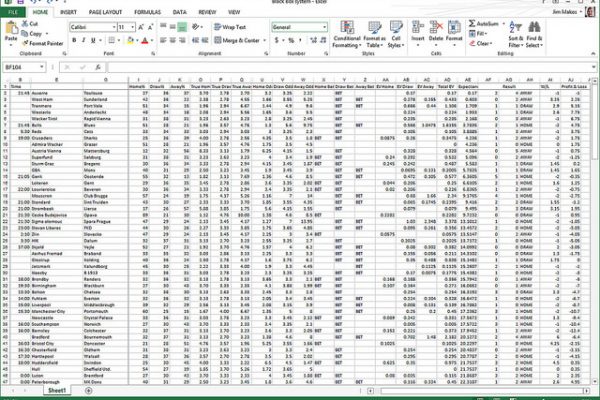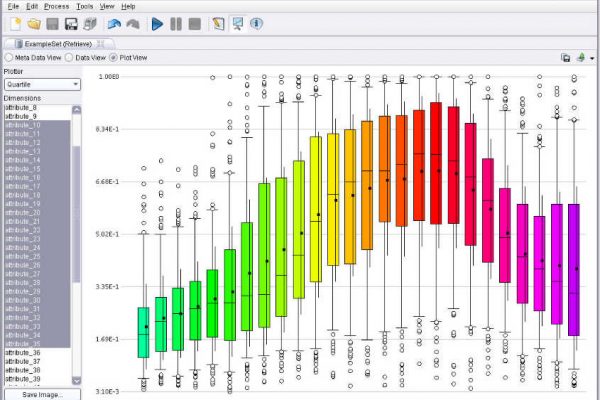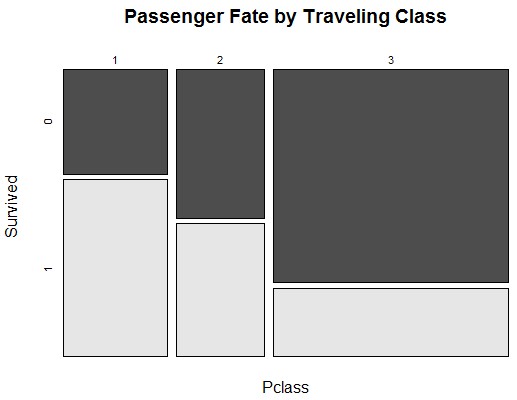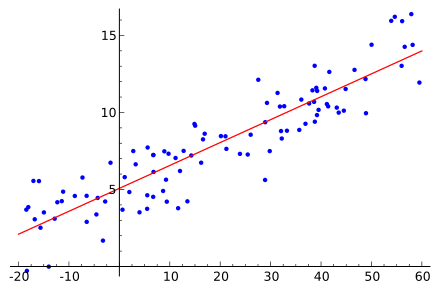Machine Learning is Kaggle Competitions
Last Updated on September 5, 2016 Julia Evans wrote a post recently titled “Machine learning isn’t Kaggle competitions“. It was an interesting post because it pointed out an important truth. If you want to solve business problems using machine learning, doing well at Kaggle competitions is not a good indicator of that skills. The rationale is that the work required to do well in a Kaggle competition is only a piece of what is required to deliver a business benefit. […]
Read more








